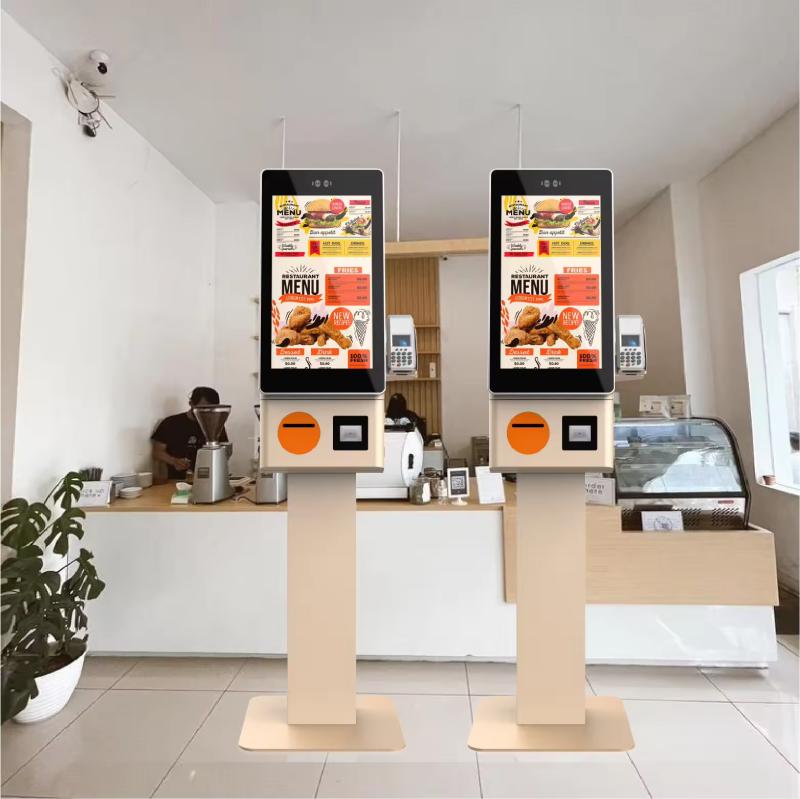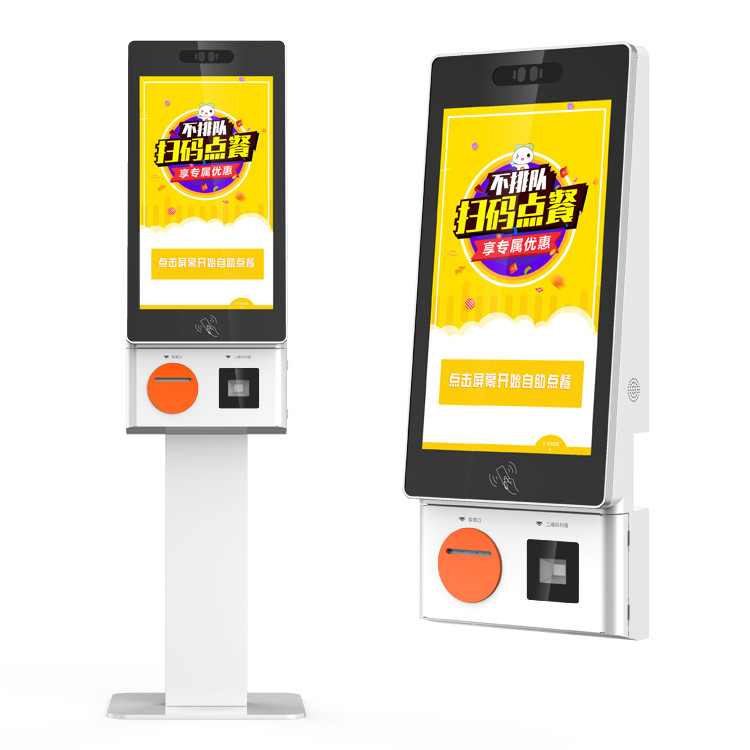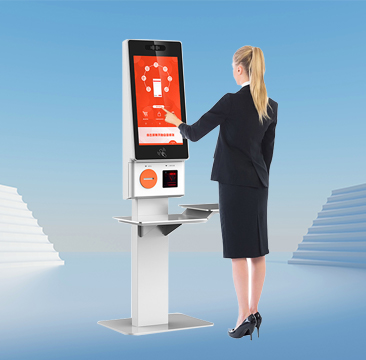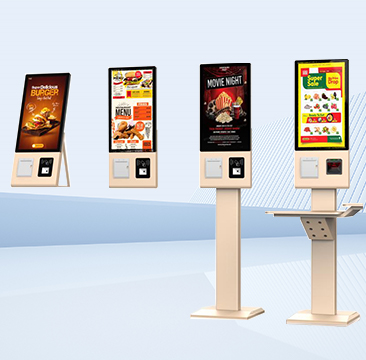Order kiosks are ideal for various scenarios where efficiency, speed, and enhanced customer experience are paramount. They are especially useful during peak business hours when customer queues are long, helping to reduce wait times by allowing multiple customers to place orders simultaneously. In fast-food restaurants and quick-service environments, order kiosks streamline the ordering process, enabling customers to browse menus, customize their orders, and pay without the need for staff assistance.
Retail stores can also benefit from order kiosks during high-traffic periods, such as sales events or holiday seasons, by providing an alternative checkout option. Airports, train stations, and other busy locations can use order kiosks to facilitate quick food and beverage orders for travelers on tight schedules. Additionally, order kiosks are effective in environments where contactless service is preferred, such as during health-related events, as they minimize direct interaction between customers and staff.
For businesses looking to increase order accuracy, promote upselling, and gather valuable customer data, order kiosks offer a practical solution. They are also beneficial in situations where businesses want to provide a personalized, self-service experience, catering to tech-savvy customers who appreciate the convenience and speed that kiosks provide.

















What did our happy clients say?
The order kiosk has transformed our customer experience! It's easy to use, and the sleek design fits perfectly in our store. We've noticed a significant boost in order efficiency and customer satisfaction.
Installing the order kiosk was a great decision. It has reduced lines during peak hours and increased our sales through effective upselling. The integration with our POS system was seamless.
We’re thrilled with our order kiosk purchase. The user-friendly interface and quick payment processing have made a big difference. Our customers love the convenience, and we’ve seen higher average order values.
The order kiosk exceeded our expectations. It’s reliable, looks fantastic, and has streamlined our entire ordering process. The customer feedback has been overwhelmingly positive, and so has our ROI.